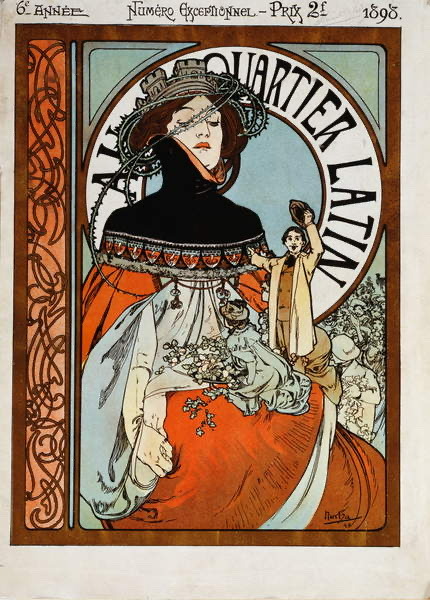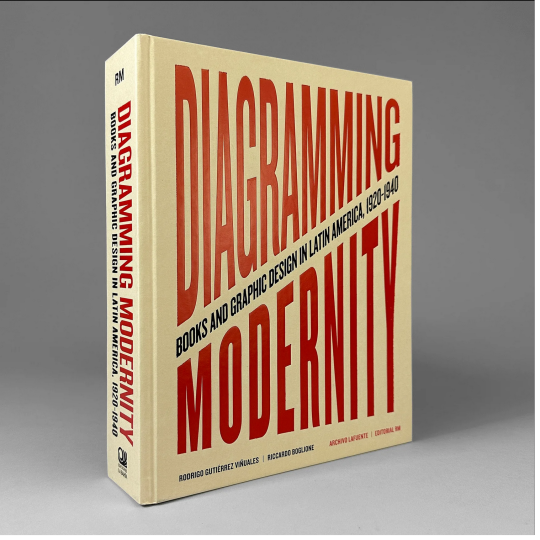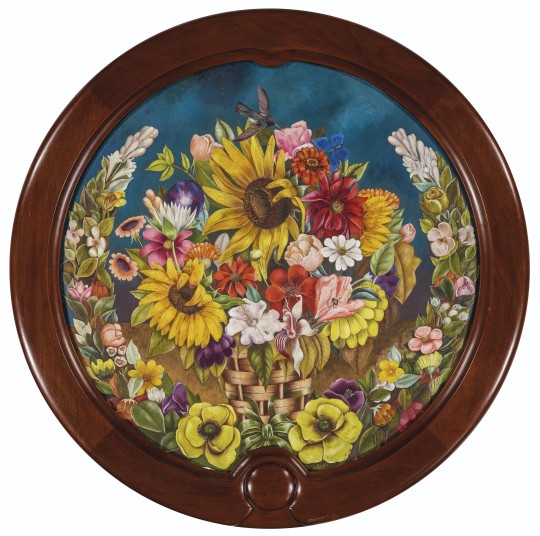#modern latin
Explore tagged Tumblr posts
Text

#seduction#street style#street art#street fashion#aesthetic#vintage#old school cool#latin girls#style#beauty#temptation#eroticism#modern love
11K notes
·
View notes
Text

#love#gay love#gay men#male#man#gay guys#gayedit#guys#him#men#time magazine#magazine#modern#motivation#makeup#music#menswear#ballet men#gay latin men#gay magazine#gay male#gay man#hot male#male beauty#male chest#male dancer#male model#male pecs#male physique#male torso
436 notes
·
View notes
Text

María Gamundí
Embrace, 2004
#maría gamundí#maria gamundi#latin american art#sculpture#modern sculpture#contemporary sculpture#art#fine art#embrace
240 notes
·
View notes
Text

Bottleneck, Emilio Sánchez, 20th century
Watercolor on heavy paper 59 ½ x 39 ½ in. (151.1 x 100.3 cm)
#art#painting#emilio sanchez#modern art#latin american art#20th century#20th century art#american#cuban#watercolor#works on paper#100 notes
172 notes
·
View notes
Text
"listening to music in your target language is the best way to learn it" they said "it'll be fun" they said but now i'm listening to smells like teen spirit in classical latin with weird instrumentals in the background.
#there's do i wanna know too#and gimme gimme gimme in ancient greek😭😭#i figured everyone should know that these exist#look up modern songs in ancient latin and greek on spotify if you're bored lol#chaotic academia#dark academia#academia#classic academia#books#academia aesthetic#art academia#poetry#light academia#romantic academia#green academia#the secret history#dead poets society#ancient greek#ancient greece#latin language#languages#multilingual#smells like teen spirit#nirvana#classical latin#random#text post#text#music#classical music
149 notes
·
View notes
Note
I just recently started following you so i don't have the full lore of your murderous gay religiously traumatized doggos, BUT, from my understanding, they are Italian and i don't know what part of Italy they are from, yet i can't help headcanoning Vasco as Tuscan, while Machete is probably from some part of Veneto. And as an Italian who has heard Tuscans and Veneto dialet, well it's an hilarious mental image.
Vasco is indeed Tuscan, Florentine to be specific. He comes from a wealthy and influential noble family that has lived in Florence for centuries. He's proud of his roots, and it's usually easy for strangers to tell where he's from. He's a resonably successful politician and has worked as an ambassador and representative of Florence on numerous occasions.
Machete is originally Sicilian (ironically about as far from Veneto as possible), although he was taken to mainland at young age and has lived in several places since then, before ending up in Rome. The way I see it, he exhibits very little local color, his demeanor and (even though Italian hadn't become a standardized language yet) way of speaking are formal, neutral and scarcely give away any hints about his personal history, at least in the 16th century canon.
#I tend to take the easy way out with the various Italian dialects/languages and temper their effect on how the dog world works#even though to my understanding in reality they differ drastically from each other even today and they aren't always mutually intelligible#especially when you compare northern and southern ones#I know at least Sicilian is so different from modern day Italian it's considered a separate language entirely#it isn't the only one but I'm not a linguist and not even Italian so I'm not really qualified to be explaining any of this to you#main point is that my dogs are well traveled educated and adaptable so I'd like to believe that they manage#otherwise making this whole scenario work would become very complicated#language barriers aplenty#Machete is a fast learner with a natural knack for languages so he absorbs/decodes new ones easily#and I can see him acting as an interpreter if necessary#which is a valuable trait for someone working as the secretary of state I'd imagine#a lot of people he ends up dealing with speak at least passable Latin so at a pinch they might perhaps try switching to that?#Vasco might have a Tuscan flavor but Machete is more of a blank slate (at least in public and at work)#answered#fallenoftheromaempire#feel free to correct me if I've gotten something wrong I'm not an expert and this stuff is complicated for an outsider
196 notes
·
View notes
Text

Alphonse Mucha, Au Quartier Latin, 1898
#alphonse mucha#art nouveau painting#art nouveau#art nouveau painter#graphic artists#commercial artist#latin quarter#paris#czech painter#czech artist#french art#french painting#art on tumblr#modern art#art history#aesthetictumblr#tumblraesthetic#tumblrpic#tumblrpictures#tumblr art#aesthetic#tumblrstyle#beauty
121 notes
·
View notes
Text

The words cherries, peas, skates, and assets used to be singular forms. However, they were reanalysed as plurals because they sounded like plurals. New singulars were created by removing the -s. This linguistic phenomenon is called back-formation. Here's how it went.
#historical linguistics#linguistics#language#etymology#english#latin#french#dutch#lingblr#middle english#old french#early modern english#early modern dutch#proto-romance#picardian#norman#reanalysis#back-formation
174 notes
·
View notes
Note
I find it really funny that both Latin and Greek apparently decided that muscles/biceps and mouses look alike so they get the same name.
Hahaha true!
Given the facts that the Greek μῦς means exactly mouse, whereas the Latin musculus means “little mouse”, so there is an additional thought process there, and that the muscles are already called as such in the Homeric Greek of the Iliad (~ 800 BC), it makes me think the Greeks made that comparison in their mind and then the Romans were like “shit they right” but then they went “it is a tad excessive though, maybe they look like small mice” 😂😂😂
Lingual fun fact:
The Greek word for muscle, μυς (mys), remains the same to this day. The standard word for mouse has changed though, it is now ποντικός (pontikós m.) or ποντίκι (pontíki n.). The etymology of this word is also Greek but quite surprising. It comes from the phrase «ποντικός μῦς�� (pontikós mys), which means “Pontic mouse”, from πόντος (póntos) which means “sea”, thus sea mouse, referring to the ship mice / rats. And for some weird as heck reason Greeks started calling mice for short as pontics instead of, you know, the way they actually called mice all this time 😂 But there’s more: long after the new word for mouse had been established to be ποντίκι, Greeks colloquially started referring to some muscles, particularly the biceps as «ποντίκια» (pontics) 😂😂😂 So it’s the wheel that never breaks, if you are Greek 🫵, you think muscles look like mice, there is no getting away from it no matter how many words you change!
*A bonus reminder from @alelx2194, the mussels were also called mice! However, from the etymology pages I read, it seems the ποντικός μυς referred to mice of the coastal regions and the ships rather than the mussels.
Ps. My earnest apologies to those who read all the “mouses” and only one instance of “mice” before I corrected the post. It was a mini stroke probably.
#greece#languages#Greek#Greek language#Latin#Ancient Greek#modern Greek#langblr#linguistics#language stuff#Greek facts#anon#mail#classics#etymology
34 notes
·
View notes
Text
the way sejanus would eat this song UP
#this is kinda fr kinda unserious#begging for ppl to let him listen to latin american artists PLS#I want to make a post solely abt my modern hcs with characters and which artists they would listen to#my silly little posts#maybe deleting later who knows
7 notes
·
View notes
Text
LOTR PEOPLE just thinking about a Possession AU where Éowyn and Faramir are PhD students at different universities researching this early medieval Old English text called Þāra Hringa Hlāford and they develop an academic rivalry about whether a certain two figures in the narrative were getting it on or not. This debate is much encouraged by a certain reincarnated Prof. G. L. Findel who knows an enemies to lovers moment when he sees one and gets them together for some field study
#lord of the rings#faramir x eowyn#eowyn#faramir#glorfindel#the silmarillion#tagging this as#gimleaf#gigolas#because that is my in manuscript debatable ship of choice#but whatever floats your boat until i break my leg and am forced to spend summer inside writing 200k of this#but genuinely think about it#Tolkien could even be a referenced character who produced a fairly conservative modern translation 50 years ago#eowyn is one of those medievalist sandboxers who loves a queer feminist reading of any and everything#faramir is a linguistics transplant with more traditional approaches to scholarship lets say#but he's never met anyone with such an intuitive grasp of old english even if her latin is non existant#glorfindel KNOWS they were banging but he can't say shit
29 notes
·
View notes
Text



Diagramming Modernity: Books and Graphic Design in Latin America, 1920–1940 This massive publication offers the first comprehensive panorama of the Latin American illustrated book between the 1920s and 1940s, a period characterized by the region's rapid modernization. The books reproduced here encapsulate this transformative era, expressing and embodying emergent national and continental narratives in Latin American countries.
Diagramming Modernity reproduces more than 1,000 illustrated first editions, analyzing the cornucopia of cultural narratives they contain. In addition to showcasing relatively unknown work by many consecrated artists, the publication also boasts an extensive repertoire of avant-garde artists largely forgotten until today.
Chapters are devoted to countries and to specific themes such as Word-Image, Verbal Visualities, Pre-Columbianisms and Ancestralisms, and Social and Political Graphics.
Writers and thinkers Rodrigo Gutiérrez Viñuales, Riccardo Boglione, Juan Manuel Bonet, Mariana Garone Gravier and Dafne Cruz Porchini conscientiously investigate these themes and more.
Edited by Rodrigo Gutiérrez Viñuales and Riccardo Boglione
With texts by Juan Manuel Bonet, Rodrigo Gutiérrez Viñuales, Riccardo Boglione, Marina Garone Gravier, and Dafne Cruz Porchini
Designed by José Luis Lugo
Published by Editoriale RM and Ediciones La Bahía, 2023
Hardcover, 876 pages, 1500 color images, 9 × 12.25 inches
ISBN: 978-8-41-797579-1
#Diagramming Modernity#Latin American graphic design#graphic design books#books about books#Latin American visual history#Latin American graphic design history#graphic design history#Rodrigo Gutiérrez Viñuales#Riccardo Boglione#José Luis Lugo#Editoriale RM#Ediciones La Bahia#Draw Down Books
40 notes
·
View notes
Text


#love#gay love#gay men#male#man#gay guys#gayedit#guys#him#men#time magazine#magazine#modern#motivation#makeup#music#menswear#ballet men#gay latin men#gay magazine#gay male#gay man#hot male#male beauty#male chest#male dancer#male model#male pecs#male physique#male torso
22 notes
·
View notes
Text

Manuel Carbonell Pygmalion and Galatea, 1963
98 notes
·
View notes
Text

The Flower Basket, Frida Kahlo, 1941
Oil on copper 31 ⅜ in. (80 cm) in diameter
#art#painting#frida kahlo#modern art#latin american art#20th century art#20th century#1940s#flowers#mexican#oil#female artists#women artists#100 notes
111 notes
·
View notes
Text
Lowkey crying about this text for uni
#and not in a good way#these sentences go on for half a page#and are filled with (obviously untranslated) latin and early modern italian quotes#and he assumes so so so much knowledge about literature and philosophy and their histories#and i'm unfortunately just one single stupid me#who has a headache and five other things to keep in mind and also it's like 9am#anyway#the things i do not to disappoint my stupid silly little crush <3#uni adventures#kaj rambles#to delete later#the book is erich auerbach's 'mimesis' btw. very good and interesting but also very. uh. *educated*.
11 notes
·
View notes